0 x item(s)
R30349 WSL Hornby Dublo BR A4 Steam Loco 60016 Silver King
The LNER Gresley A4 is one of the most iconic express locomotives in Great Britain. Its streamlined casing was a classic symbol of the attitude towards speed and design in the 1930s when the railways saw increased competition from road and air travel. The LNER Board knew that they had to make travel between the major cities faster, more comfortable and more reliable.
Nigel Gresley, the LNER's Chief Mechanical Officer, travelled on the Fliegende Hamburger diesel locomotive in Germany and was impressed by its streamlining, although he realized it was only efficient at high speeds. Gresley was certain that a modified A3 Pacific, with streamlining, could haul greater loads than other locomotives at the same speed or faster and a series of trials were conducted to confirm the A3's suitability.
With trials successfully completed, the LNER Board gave Gresley the go-ahead to create the "Silver Jubilee" streamlined trains, the first of the new streamlined A4s. The streamlining of the A4s' steam circuit, higher boiler pressure and extension of the firebox to create a combustion chamber made them more efficient than the A3 as they consumed less coal and water- especially later on when they were also fitted with a Kylchap double chimney. This improved their free steaming capabilities further.
The streamlined design not only improved speeds but it also created an updraught of smoke, obscuring the driver's vision, a major problem on the new Class A4 engines. The story goes that during wind-tunnel testing, after several unsuccessful efforts to get the smoke to lift clear, a thumbprint was inadvertently left on the clay model just behind the chimney. This succeeded in clearing the smoke and was incorporated into the final design.
No. 60016 ‘Silver King’ in its original form as No. 2511 was the third A4 Pacific to be constructed in 1935 and was also designed to haul the new streamlined ‘Silver Jubilee’ coaches. No. 2509 ‘Silver Link’ was named to mark the Silver Jubilee of King George V. Four A4 Pacifics were named with a silver theme in mind. The locomotive entered service in November 1935 in the unique LNER Silver livery designed for the service. The locomotive went on to work under BR as 60016 in a BR green livery before being scrapped in 1965, making it one of the longest-serving A4 locomotives.
Hornby Dublo A4 models feature a die-cast body, just like their original Hornby Dublo counterparts. This is coupled with enchanted decoration which, when paired with the die-cast boiler, provides a realistic finish to the body. The models contain a 5-pole motor with a flywheel and are DCC-ready with an 8-pin socket. The ‘Silver King’ locomotive and tender features a vibrant BR green livery. They also come with crew figures. The accessory bag contains an instruction leaflet, two cylinder draincocks, a wheel/axle assembly, a left-hand driver figure and a fireman figure.
-
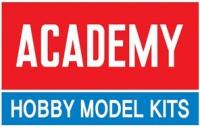
Academy Models
-

Accurascale
-
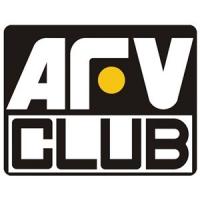
AFV Club
-
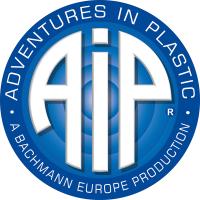
AIP by Bachmann
-

Airfix
-

Arnold
-

ATD Models
-
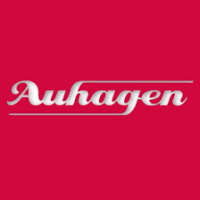
Auhagen
-

Bachmann
-

Bachmann Narrow Gauge
-
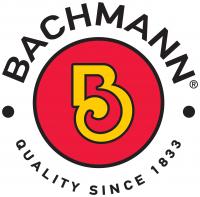
Bachmann USA
-
Barrie Stevenson
-

Bassett-Lowke
-

Berko
-

Busch
-

Cambrian
-

Clark Railworks
-

Corgi
-

Cornerstone
-

Dapol
-

DCC Concepts
-

Deluxe Materials
-

Dundas
-

Easy Model
-

Eckon
-

EFE Rail
-

EFE Road
-

Emhar
-

ESU
-
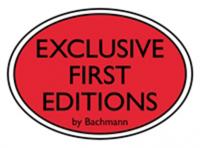
Exclusive First Editions
-

Faller
-

Fleischmann
-
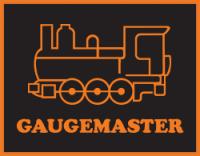
Gaugemaster
-

Gecko Models
-

Golden Valley Hobbies
-

Graham Farish
-

Greenlight Collectibles
-

Heljan
-
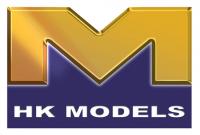
HK Models
-

Hornby
-

Hornby International
-

Hornby TT:120
-

Humbrol
-
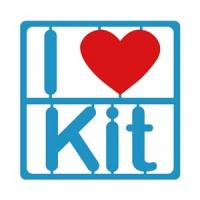
I Love Kit
-

Jouef
-
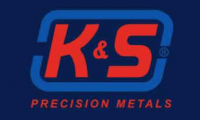
K&S Metals
-
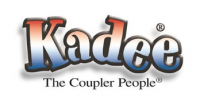
Kadee
-

Kato
-
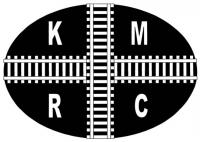
Kernow Models
-
Kestrel
-

Kibri
-

Lenz Digital
-
LightCraft
-

Liliput
-
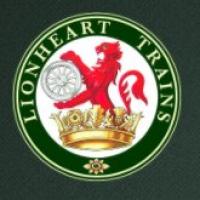
Lionheart Trains
-

Merit
-

Metcalfe
-

Middleton Press
-

Mirror Models
-
Miscellaneous
-

model scene
-

ModelMaker
-

Murphy Models
-

Noch
-

Oxford Diecast
-
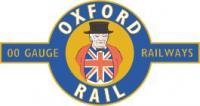
Oxford Rail
-
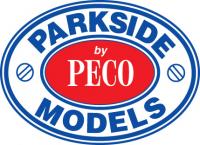
Parkside by Peco
-

PECO
-

Plastruct
-
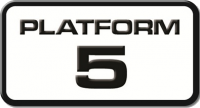
Platform 5
-

PM Model
-

Preiser
-

Proses
-
RailMatch
-
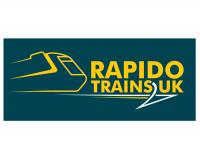
Rapido
-
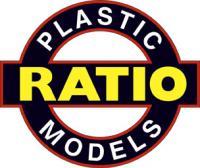
Ratio
-

Revell
-

Revolution Trains
-

Rivarossi
-

Roco
-
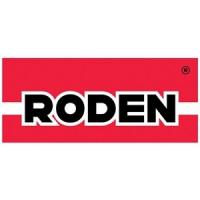
Roden
-

Scale Model Scenery
-

Scalextric
-
Shawplan
-

Slaters
-
Smiths
-

Springside
-
Star Tec
-
Strathwood
-

Superquick
-
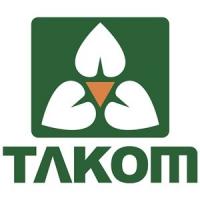
Takom
-
Taliesin
-
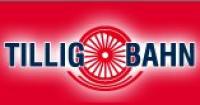
Tillig
-
Tiny Signs
-

Toyway
-
Tracksetta
-

Train-Tech
-

TrainSave
-
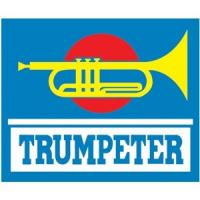
Trumpeter
-

Viessmann
-

Vollmer
-
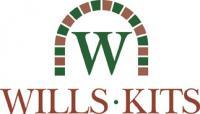
Wills
-

Woodland Scenics
-

Xuron
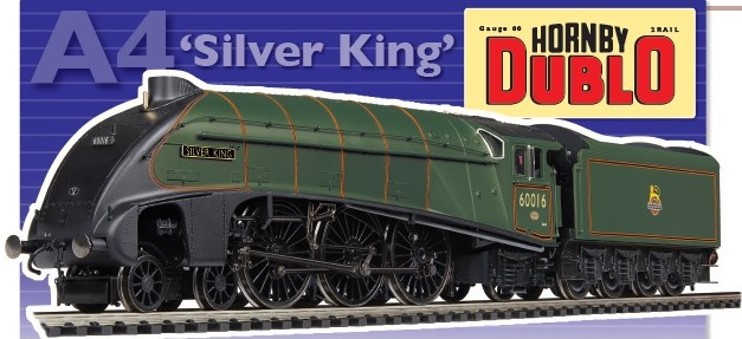
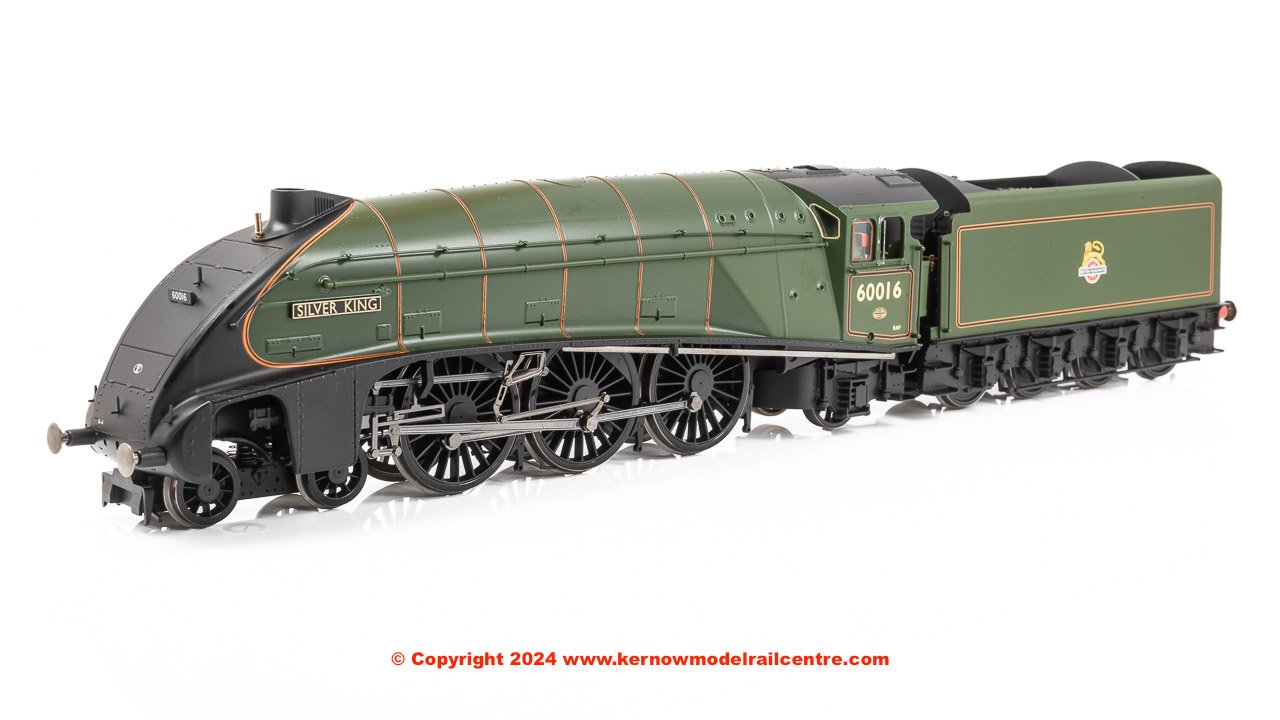
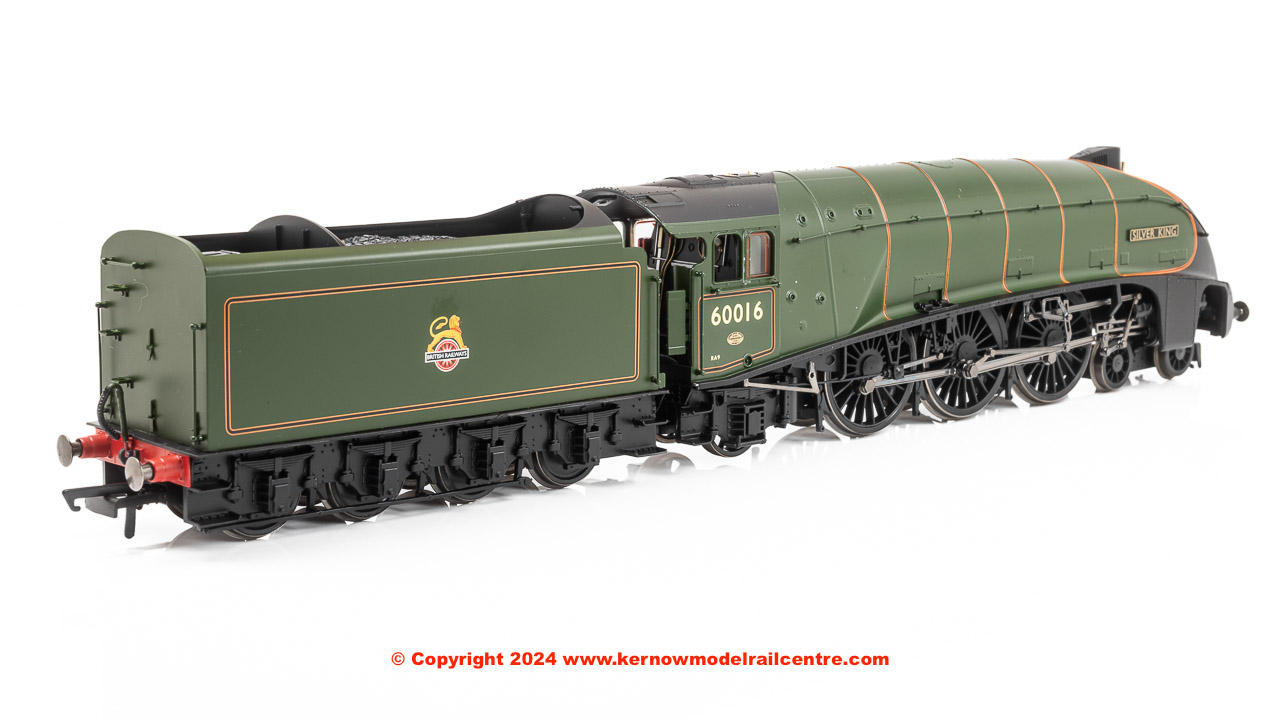
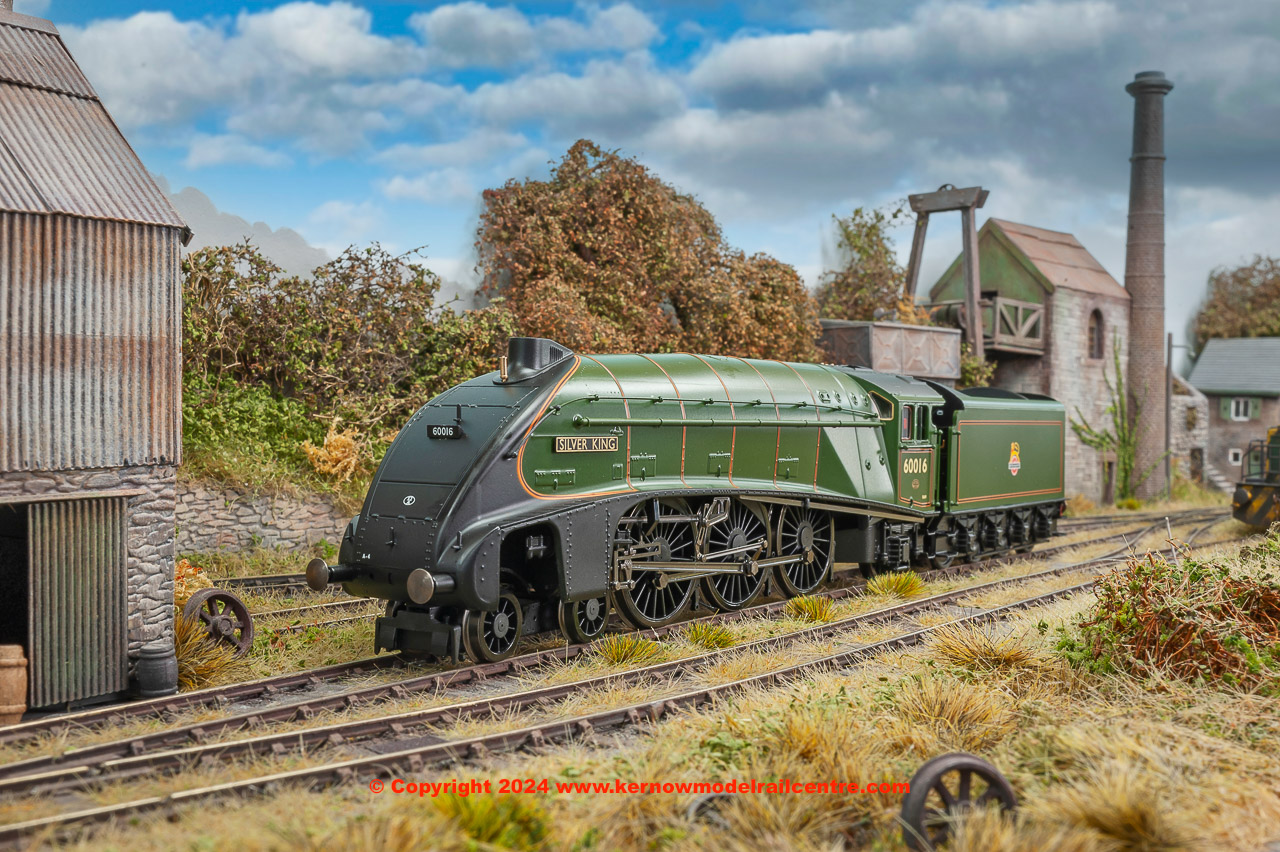
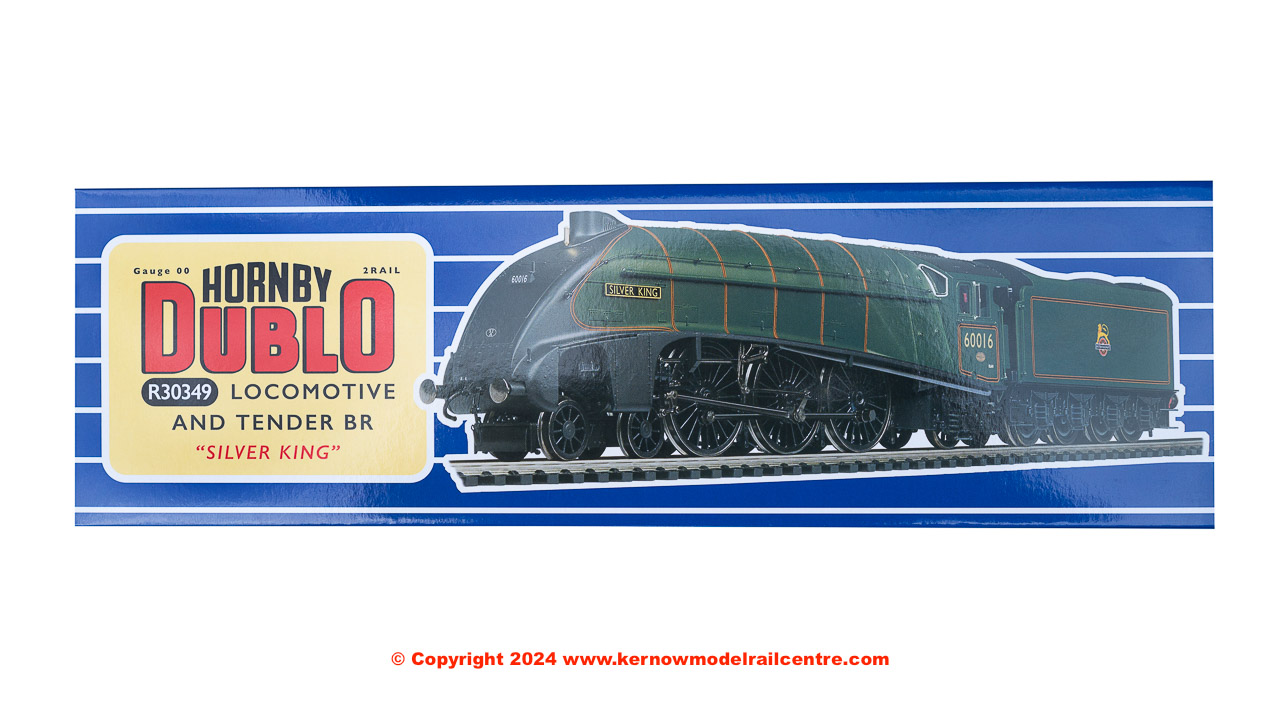
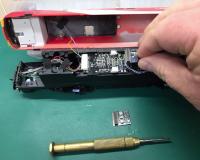

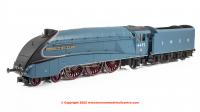

Connect with us socially

